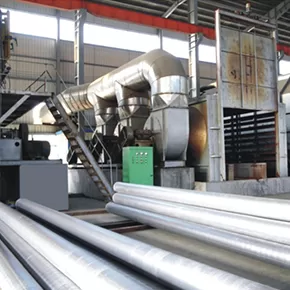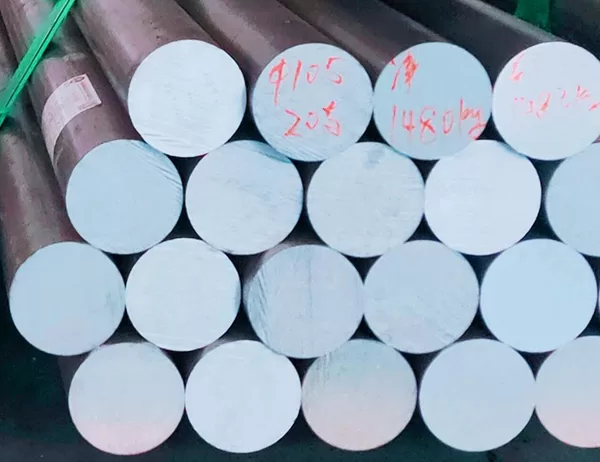In an era marked by environmental consciousness, anodized aluminum sheets emerge as a sustainable solution in various industries. Anodization, a process that enhances the surface properties of aluminum, offers a host of eco-friendly benefits, making it a responsible choice for architects, engineers, and manufacturers alike.
Reduced Carbon Footprint
Anodization significantly reduces the carbon footprint of aluminum production. Unlike traditional processes, anodization does not involve smelting or electrolysis, which are energy-intensive and release greenhouse gases. By eliminating these processes, anodized aluminum sheets contribute to the reduction of carbon emissions and promote sustainable manufacturing practices.
Durability and Longevity
Anodized aluminum sheets possess exceptional durability and longevity, contributing to the long-term sustainability of building materials and products. The anodized layer forms a protective barrier that resists corrosion, wear, and fading, extending the lifespan of materials and reducing the need for replacements. This extended lifespan reduces resource consumption and minimizes waste generation.
Recyclability and Reusability
Aluminum is a highly recyclable material, and anodization does not compromise its recyclability. Anodized aluminum sheets can be easily recycled and transformed into new products, conserving resources and saving energy. Additionally, the protective anodized layer makes these sheets reusable in various applications, further reducing consumption and waste.
Non-Toxic Materials
Anodization involves the use of non-toxic electrolytes such as sulfuric acid or oxalic acid. These materials are not harmful to human health or the environment, eliminating concerns about pollution and disposal. The anodized layer is also inert and does not leach out harmful substances into the environment.
Versatile Applications
Anodized aluminum sheets find application in diverse industries, including construction, automotive, electronics, and packaging. Their corrosion resistance, aesthetic appeal, and durability make them ideal for use in building facades, roofing, automotive components, consumer electronics, and food and beverage containers. By choosing anodized aluminum, businesses and consumers can contribute to environmental sustainability across a wide range of applications.
Conclusion
Eco-friendly aspects of anodized aluminum sheets make them an indispensable choice for sustainable construction and manufacturing. Reduced carbon footprint, durability, recyclability, non-toxicity, and versatility combine to offer a responsible solution that meets environmental and performance demands. By embracing anodized aluminum sheets, we can contribute to a greener and more sustainable future while ensuring quality, durability, and aesthetics in our built environment and products.




